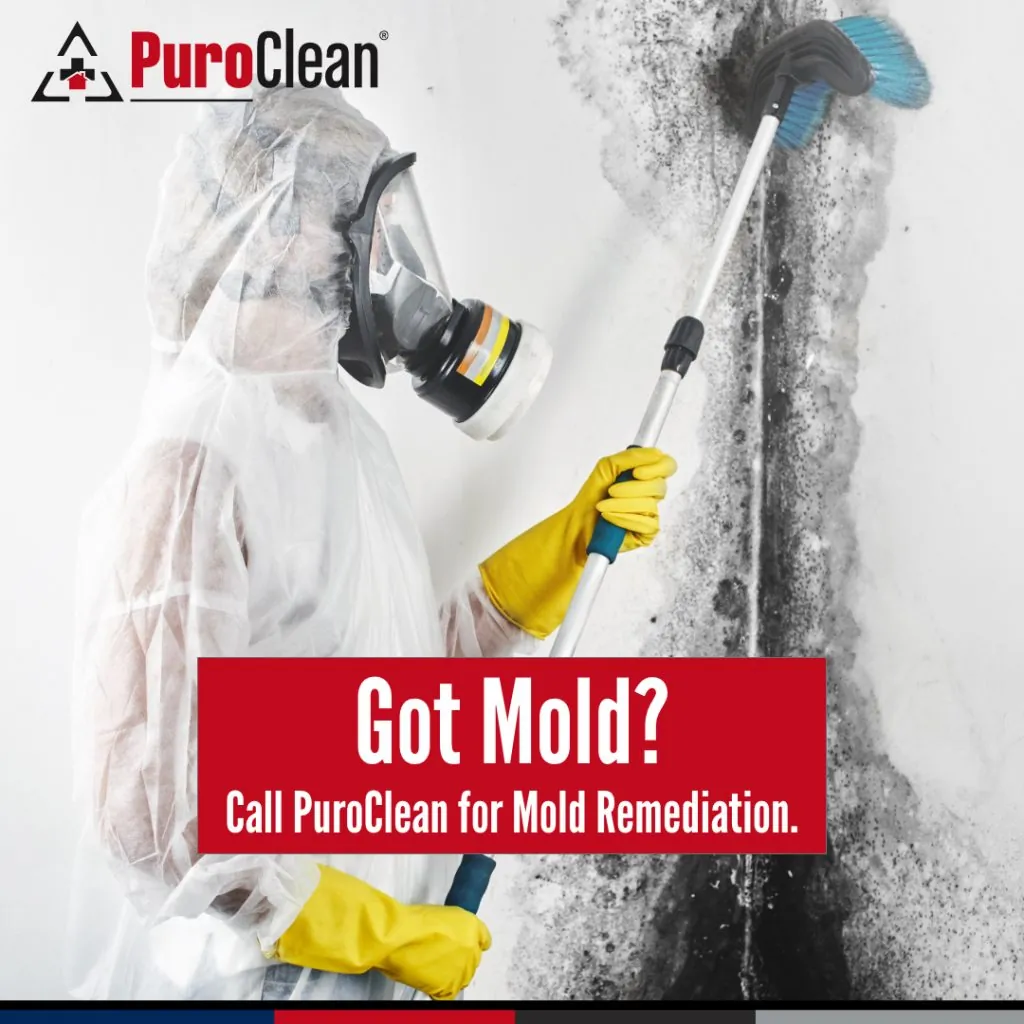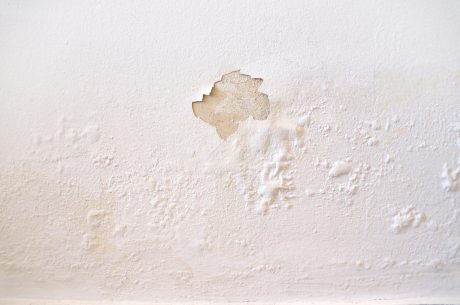Is your dishwasher starting to look a little dirty? Is there an unpleasant smell emanating from it? Take a good look at the exterior, the interior, and if you can, carefully remove the bottom of the dishwasher. You may find that mold has taken hold. This is not only unpleasant but could be hazardous to your health. Household dishwashers are convenient but require constant maintenance.
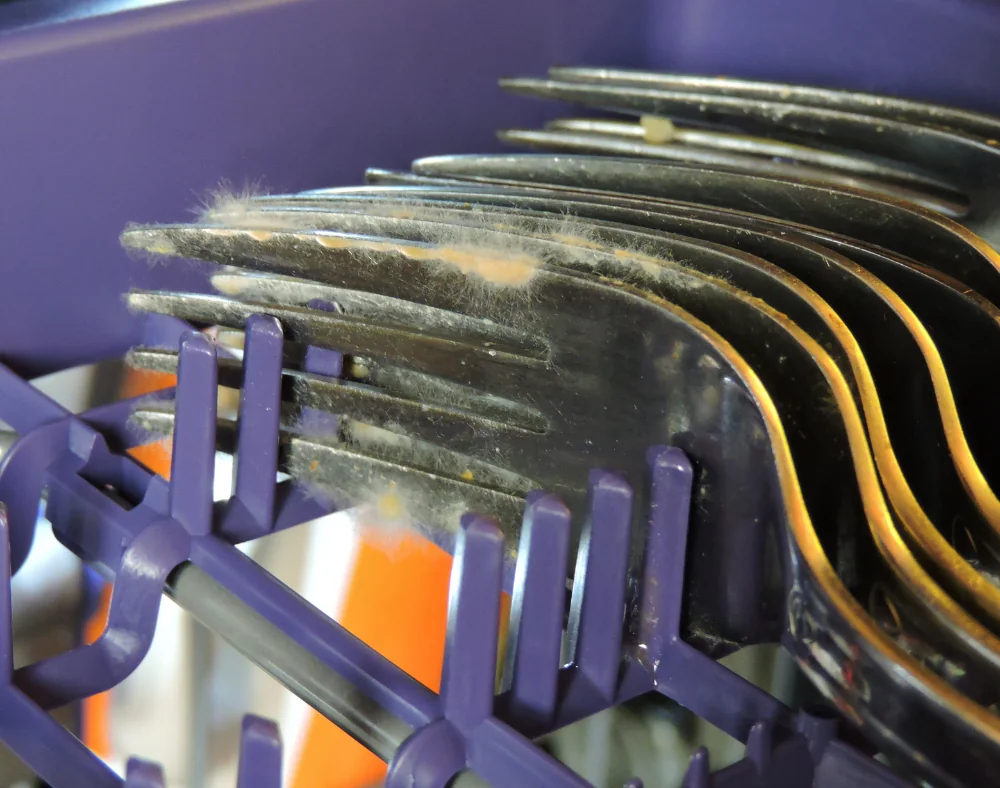
Mold loves moisture, which means that the perfect conditions for mold are created when there is no air circulation, lots of moisture inside an area, and a food source to eat — this could be wet clothing you forgot in your washing machine or small food particles left inside a dishwasher. This blog will detail steps you can take to identify and remove small areas of mold in your dishwasher.
How to Identify Mold Spores in Dishwasher
First, you need to determine if there is actually mold in your dishwasher or simply built-up gunk. Mold can be dangerous, so wear gloves and goggles when near suspected mold. Look for discoloration and slimy residue. You will probably also notice a musty odor.
If there is food debris left in the dishwasher, mold will start growing on it after a few days – that’s when you’ll be able to see it. You may also notice that grime has built up in corners or along rubber gaskets. Carefully remove any removable parts from the inside of your dishwasher and take a look at them closely for signs of mold.
The dishwasher filter will likely have some buildup, but this isn’t necessarily moldy, just dirty; however, if the housing around the filter is black or smells musty, then you can assume there’s mold on it too. If you are unsure, it’s always best to take full precautions. You can always call an expert to assess the situation. It’s important to identify and clean a moldy dishwasher as soon as possible to prevent health problems.

How Can You Get Rid of Mold in Your Dishwasher?
It is important to take all precautions when dealing with mold. If the mold is covering a surface larger than ten square feet, don’t attempt the remediation yourself — call a trained PuroClean professional. Mold affecting surfaces smaller than ten square feet can be handled personally with extreme caution and care. Be sure to wear proper PPE when dealing with any amount of mold. The PPE you should wear is gloves, goggles/eye protection, and N-95 respirators.
Completely eliminating mold in a home is impossible. Mold spores are all around us. But there are still ways you can remediate the mold. The best thing to do if you suspect mold is to reach out to a professional mold remediation company, like PuroClean, with trained experts to handle these situations.
If you choose to take on a small area of mold by yourself, remember to wear PPE and follow all directions carefully. Keep in mind that these are ‘at-home remedies’ and not what our PuroClean specialists would do for your mold problem.
- Start by taking out removable parts like baskets and trays, and run your machine on the hottest setting for a full wash cycle without dishes inside.
- It’s best if you can let things soak for an hour or so.
- Use a little elbow grease and scrub any visible mold with a tough sponge, scrub brush, or old toothbrush. Be sure to deep clean under the tabs where water collects if possible – this is an ideal spot for mold to grow.
- Once you’ve cleaned off all visible mold, wipe the insides of your dishwasher with a clean, damp cloth, and let it dry.
- Continue to the drain opening and door seal. Fold them back to remove any debris from both pieces.
- Place the racks, rotor, and drain strainer (if applicable) back into the dishwasher after they dry completely. Continue to disinfect the dishwasher now that you’ve completed this step!
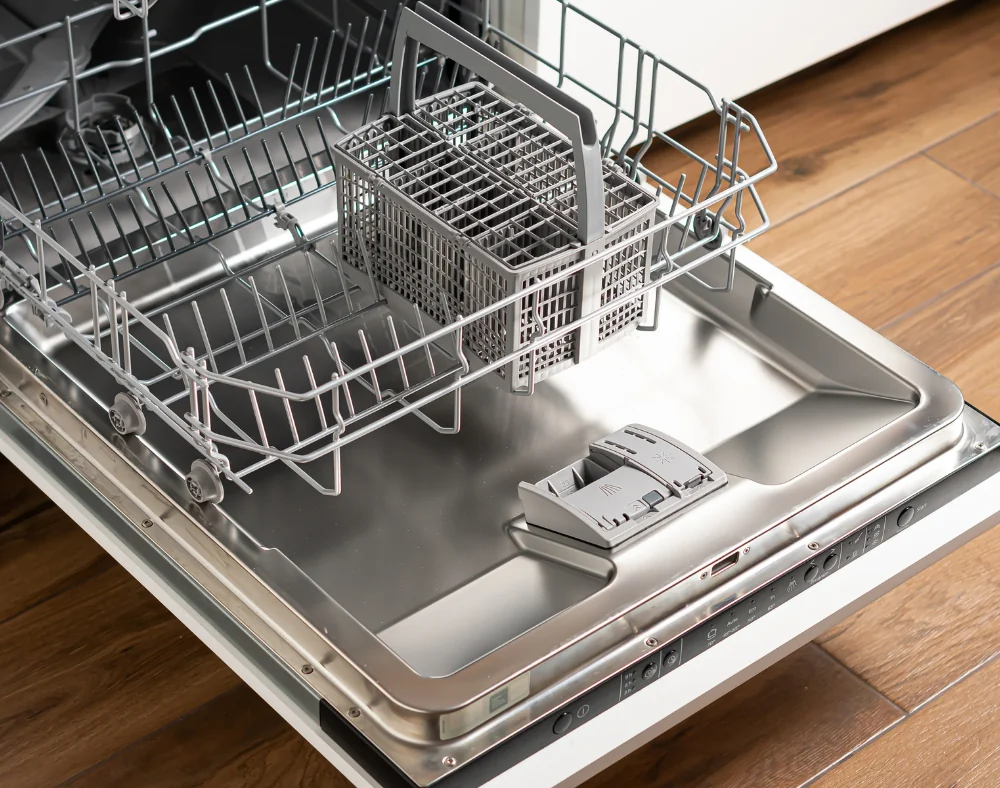
How to Disinfect Your Dishwasher
With your dishwasher clean, the next important step is sanitizing and disinfecting. There are a variety of ways you can do this using common household products instead of harsh chemicals. The two most popular use two common cleaning products: vinegar and baking soda, but you can always use a commercial dishwasher cleaner as well. Be sure to don PPE during the disinfection process as well to protect yourself.
White Vinegar
Vinegar is an easy way to help remediate any remaining mold in your dishwasher. All you need to do is put a dishwasher-safe container on the top rack of your otherwise empty dishwasher. Add a full cup of white vinegar, close the door, and run one normal wash cycle on the highest heat.
Baking Soda
Another disinfecting method to clean a moldy dishwasher involves baking soda. Sprinkle one cup of baking soda on the bottom dish rack of your empty dishwasher, and close the door. You don’t need to run a full cycle for this method; keep it short, but be sure to use a hot water cycle!
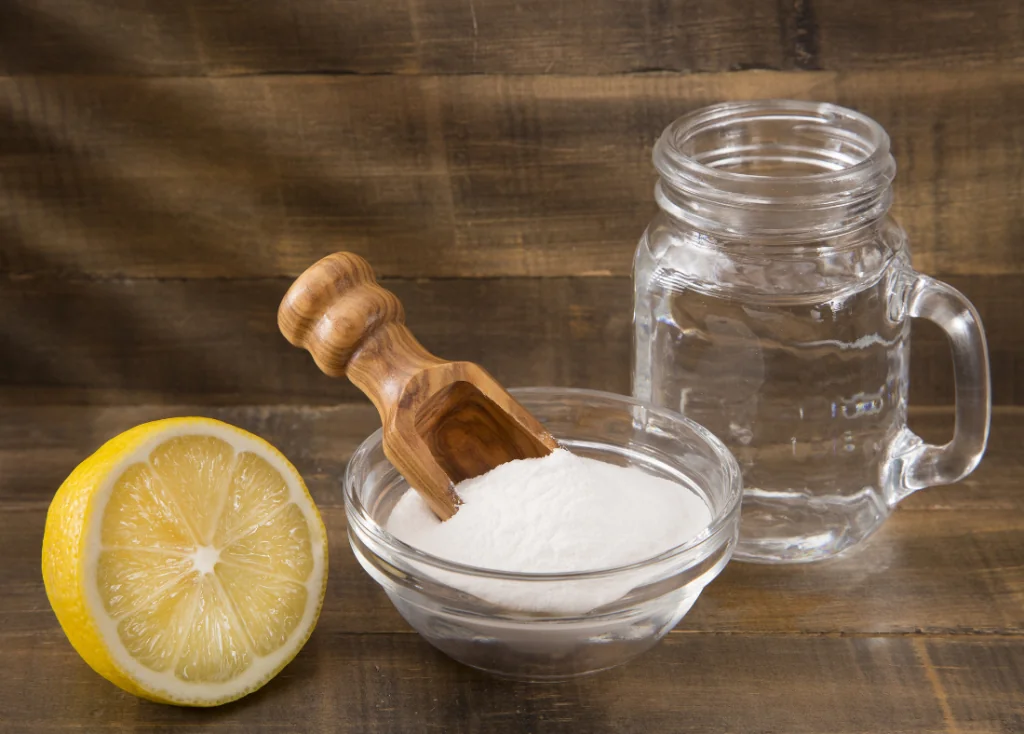
Lemon Juice
Lemon juice can be helpful in killing off anything that’s still hiding on your dishwasher parts (and leave a refreshing, citrusy aroma). Just fill a small dishwasher-safe container with lemon juice and place it on the bottom of the dishwasher. Then, just run a regular cycle.
Bleach (Optional)
You could try cleaning it with bleach, but be careful because bleach can damage some parts of your dishwasher – never mix chlorine bleach with other chemicals because it releases dangerous fumes.
Bleach should never be used on stainless steel interiors as it can strip the color and cause further irreparable damage. If you choose to use bleach, add one cup of bleach to a dishwasher-safe container, place it in your empty dishwasher, and run a full wash cycle.
How to Prevent Growth of Mold in Dishwasher
The damp environment of a dishwasher helps make it the perfect environment for mold growth. Therefore, taking steps to prevent mold from growing is important. Here are a few tips that can help keep the fungal growth down:
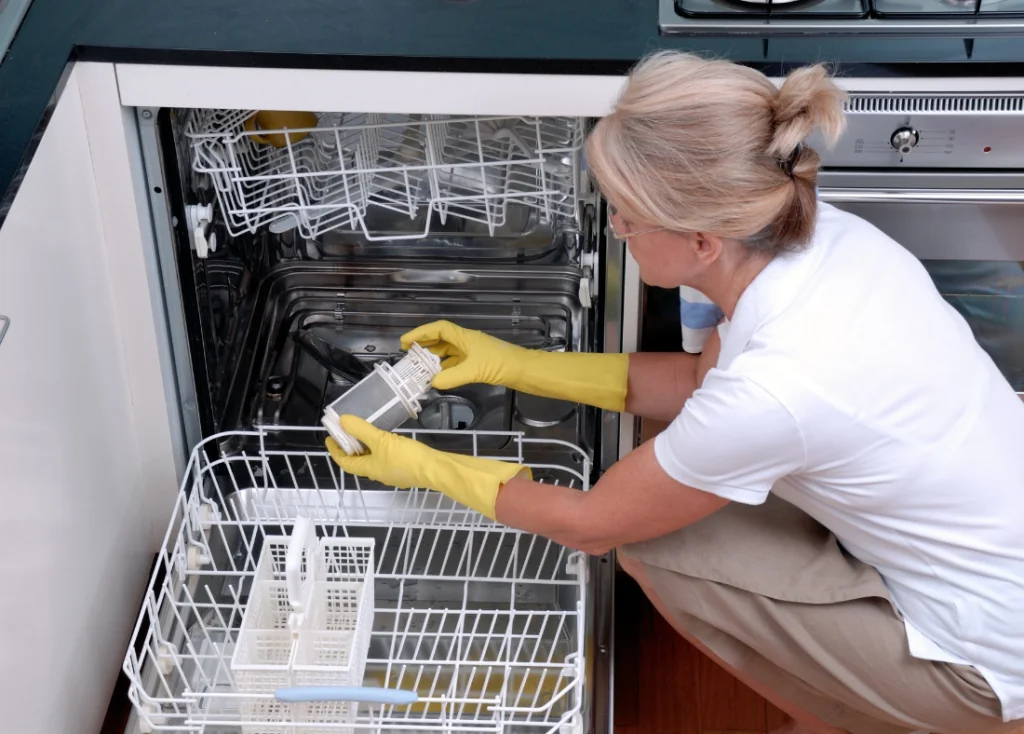
- Use your dishwasher regularly, especially if there is no air circulation – mold and other bacteria need air, too, so you want to keep the dishwasher door closed as much as possible
- Keep it clean, drain any standing water inside both at the end of each cycle and also during regular maintenance; if there is a musty smell again after cleaning, it’s probably because there is still moisture inside your dishwasher. You can leave a cup of vinegar in your dishwasher overnight to help absorb moisture, run an empty rinse only cycle with nothing but white distilled vinegar inside (no detergent), or use a dehumidifier in the room where the machine is stored.
- If you suspect that mold has taken hold on rubber parts, filters, or removable parts like baskets – replace them and repeat the sanitizing and cleaning instructions above. Do not use the dishwasher until you’ve cleaned and sanitized it and replaced or repaired damaged parts.
We recommend deep cleaning your home dishwasher at least once every two months to prevent mold growth and microbial buildup.
You Might Have 99 Problems, but Don’t Let Mold Be One
Mold is dangerous and can cause health problems. You should only attempt to remove mold from areas smaller than ten square feet. For larger affected areas, reach out immediately to a professional.
PuroClean has been providing professional mold remediation services for years. Our technicians are certified by the Institute of Inspection, Cleaning, and Restoration Certification (IICRC), so we know what we’re doing. Whether a moldy dishwasher or other mold growth, give your local PuroClean a call 24/7 for help tackling the problem!
